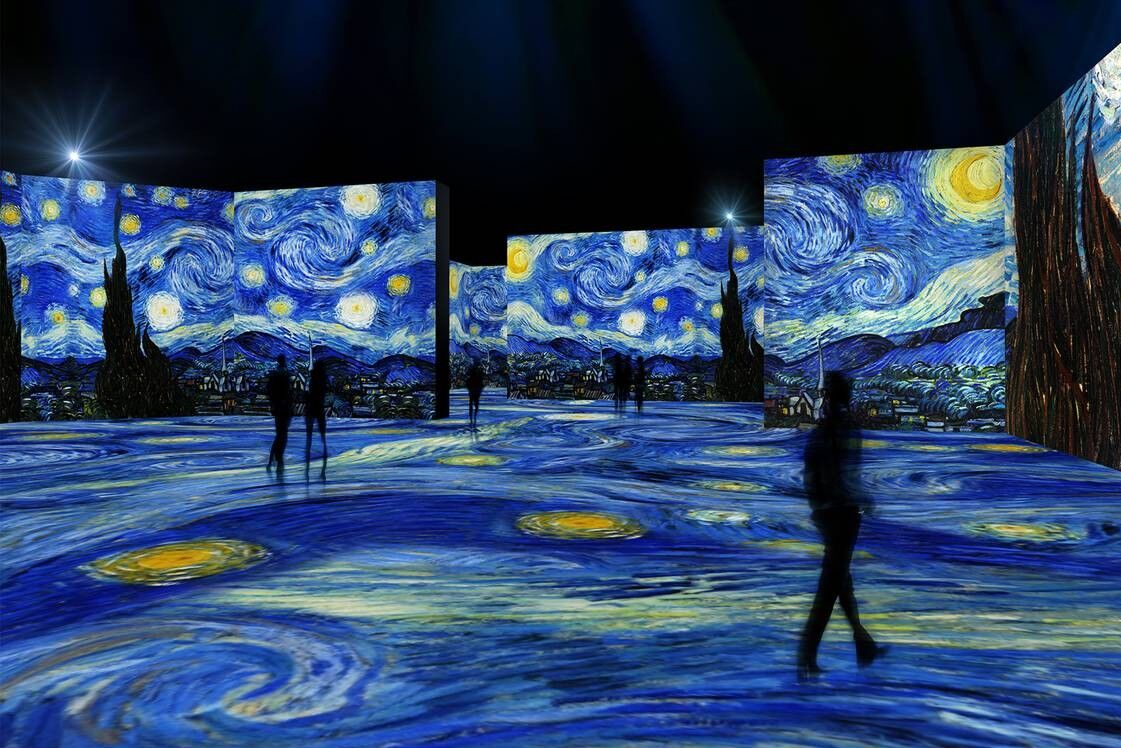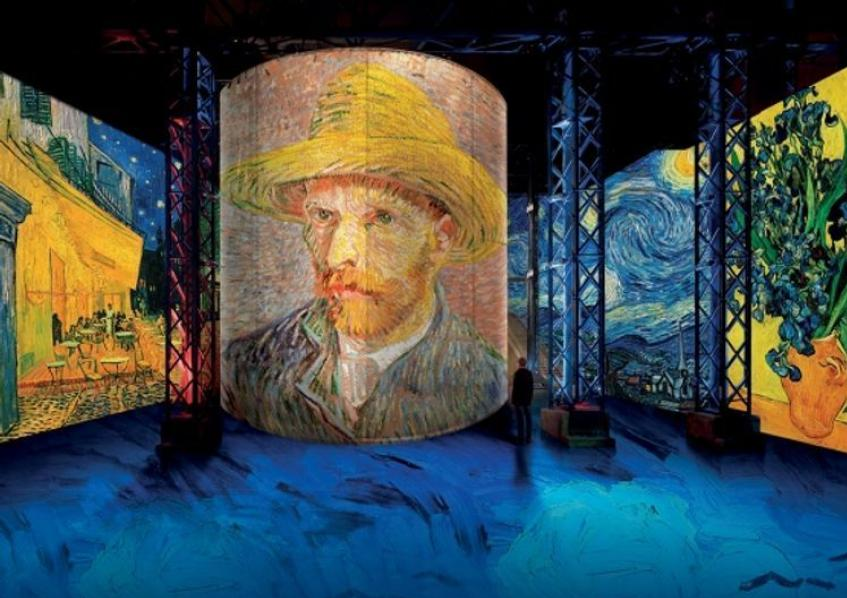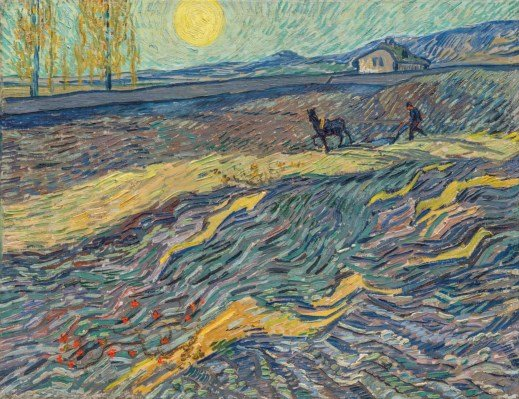The secret of Van Gogh’s chairs has been revealed! / Vincent’s brother’s problem with the big Gauguin

Fars News Agency – Visual Group: Vincent Van Gogh, the great Dutch painter who is considered one of the most influential postmodern illustrators of the twentieth century, had as much difficulty and challenge in his personal life as his genius and talent, from cutting off his ear to his death, still in a haze of suicide Death remains normal. From time to time, a story of the life of this prominent painter is revealed, which is not without grace, especially for those who are interested in the art of painting.
For the first time, the secret of Vincent Van Gogh’s empty chair paintings was revealed. Wongog’s brother’s wife hid one of the paintings given to Gauguin out of “anger at the French artist’s attacks on her ex-boyfriend”.
Shortly before Vincent Van Gogh cut off his left ear and suffered a mental illness after a quarrel with fellow artist Paul Gauguin in Arles, France in 1888, he created a pair of extraordinary paintings.
One depicts Gauguin’s chair, several books and a lighted candle left on a decorated chair. Another shows a Wongog chair, a pipe and a bag of tobacco on a rustic wooden chair. The second painting is now known as one of the most famous paintings in the world.
Now, the mystery of the chair painting and why the image of Gauguin’s chair while the Wongog chair was kept in the family collection is finally solved.
The answer lies in Johanna Bunger, who inherited the paintings as the widow of Wongog’s brother Theo, who did not display the masterpieces together in the decades following Wongog’s death in 1890 because of his “hatred of Gauguin.” .
Wongog Chair, 1888. Photo: National Gallery, London
Gauguin Chair, 1888. Photo: Vincent Van Gogh Foundation
Research by a Dutch academic shows that Wengog’s brother, happy to lend Wongog’s chair to exhibitions, held Gauguin’s chair back and left the work in obscurity.
It was not until 1928, three years after his death, that Gauguin was first selected for the exhibition. At the time, the formerly famous Wongog chair had been sold to the famous Tate Gallery.
“Johanna never showed Gauguin’s chair, while the Wongog chair was described as a really important work of art,” said Louis van Tilburg, a senior researcher at the Van Gogh Museum and professor of art history at the University of Amsterdam, who published his research at the University of Amsterdam. . »
He thinks that the reason why Bunger did not want to show this painting was that he did not like Gauguin after the French artist publicly humiliated his ex-boyfriend.
“Gauguin soon announced that Wongog was not only crazy, but that he, Gauguin, had to teach Wong how to paint.
“I think Bunger knew that, and my conclusion is that, for that reason, he did not want to put the two pictures together.”
Self-portrait Dedicated to the Carrier by Paul Gauguin, 1888. Photo: Heritage Images / Getty Images
Vincent Van Gogh, or Vincent Willem van Khokh, born March 30, 1853 – died July 29, 1890, was a Dutch postmodern painter whose work had a profound influence on 20th century art. His works include Starry Night, Single Face, Self-Portrait, Landscape, Still Life, Cypress, Wheat Field and Sunflower Herds. He was interested in painting since he was a child, but did not paint until the end of the second decade of his life. He completed many of his well-known works in the last two years of his life. In one decade, he produced more than 2,100 works of art, including 860 oil paintings and more than 1,300 watercolors.

Wongog was born into a middle-class family and spent his youth as an art dealer. He traveled to The Hague, London, and Paris after teaching at Islandworth and Ramsgate, England. He was deeply religious in his youth and aspired to become a priest. From 1879 he worked as a Christian missionary among coal workers in Belgium, where he began drawing designs from locals. In 1885, he ate the potato eater, which is considered to be his first major work.

In March 1886 he went to Paris and met a French receptionist. He later moved to the south of France, where he was exposed to intense sunlight. However, he lived in obscurity during his lifetime and throughout his life sold only one painting, The Red Vineyard, and several drawings. But now he is known as one of the most influential painters of the 19th century (AD) in the world.
Van Gogh was fascinated by paintings of working-class people such as the Potato Eaters, nightclubs such as the Terrace Cafe at night, the French landscape, the sunflowers, the starry night, and the self-portrait. Towards the end of his life, he suffered severely from the mental illness of bipolar disorder and stress.

There are still doubts about how Vincent died, some believe he committed suicide and others believe he was killed.
End of message /
You can edit this post
Suggest this for the front page

